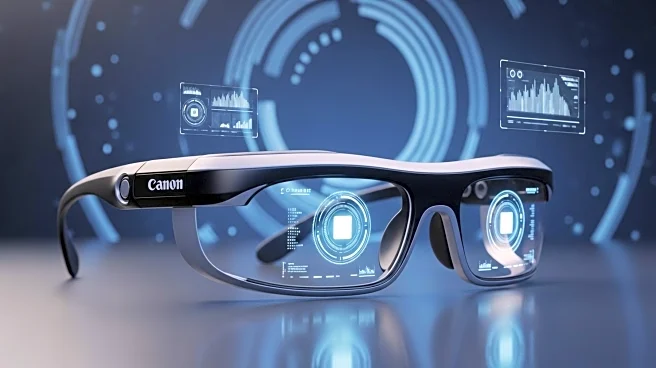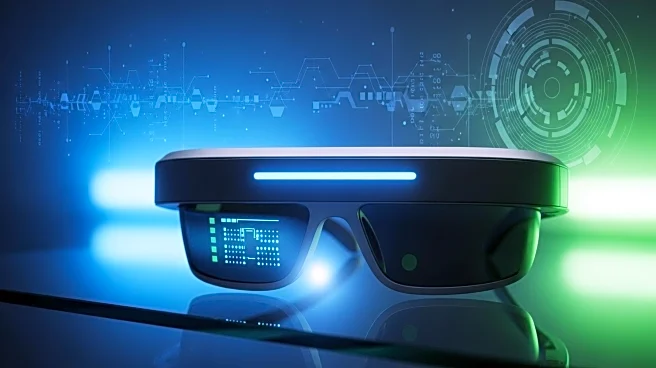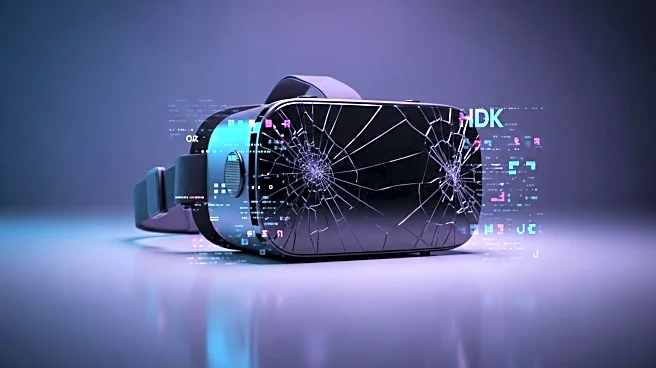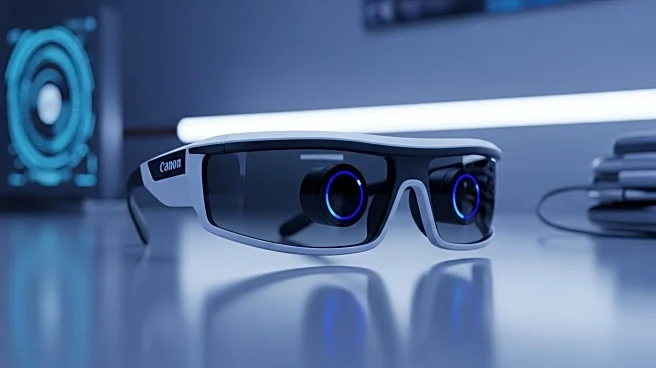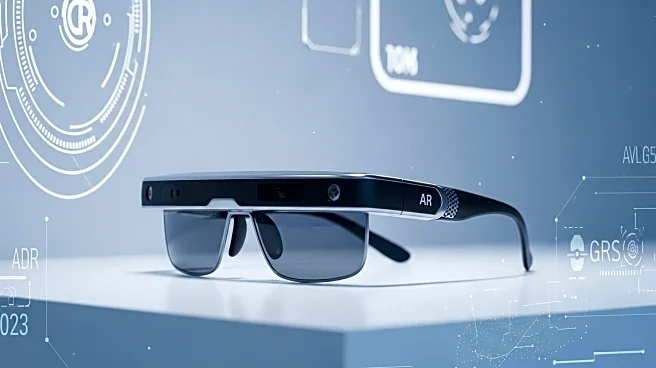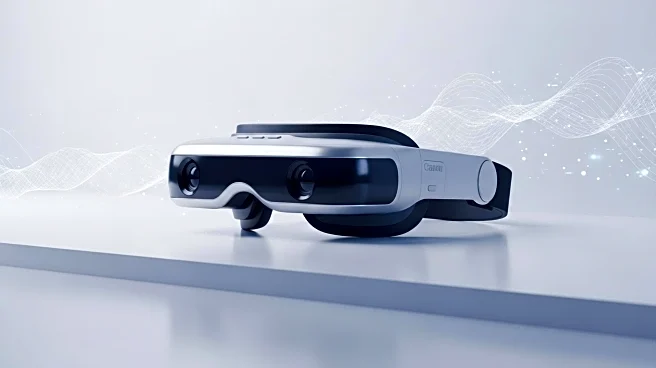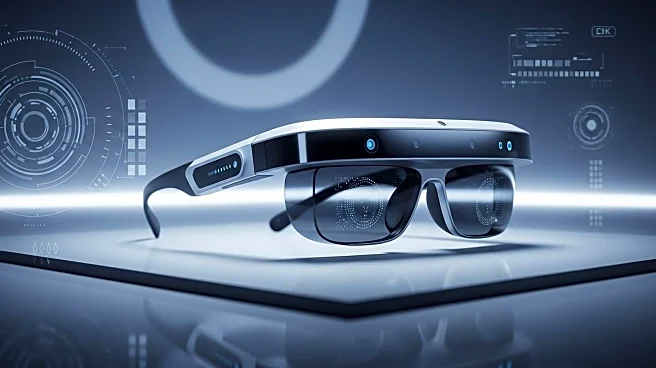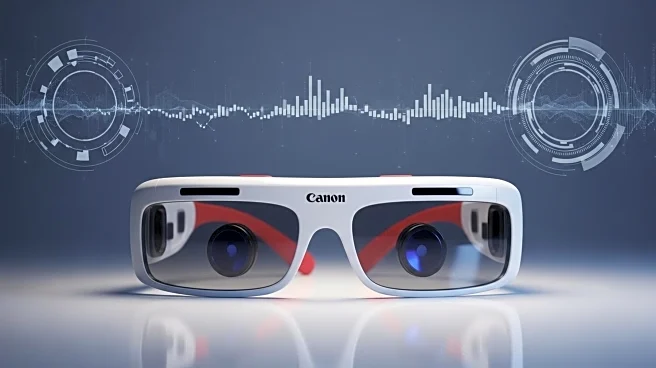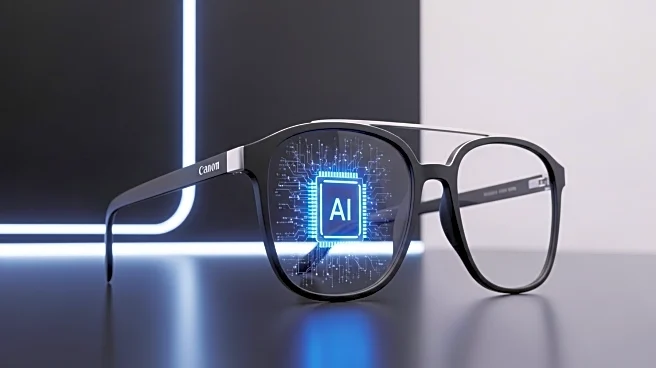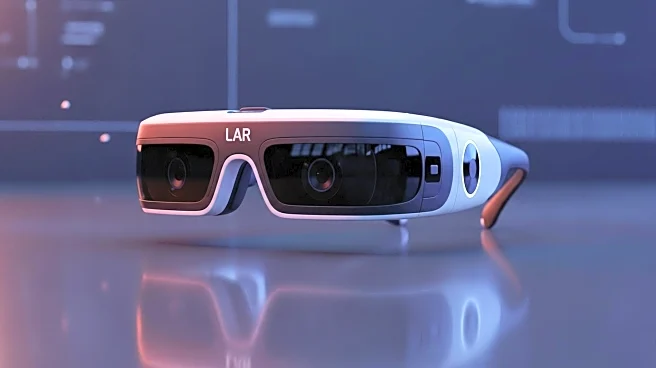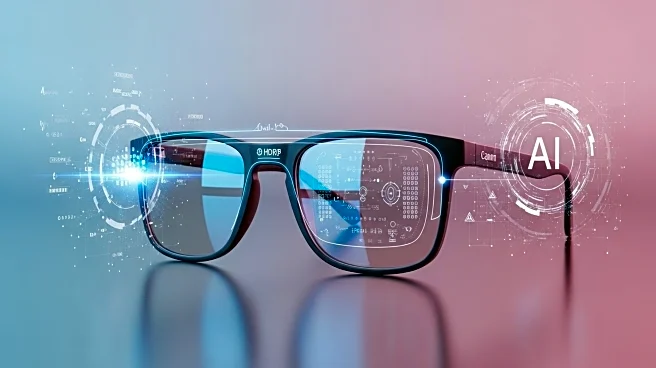What's Happening?
Amazon is developing consumer augmented reality glasses, codenamed 'Jayhawk,' with a planned launch in late 2026 or early 2027. The glasses will feature a full-color display, camera, speakers, and microphones, designed to compete directly with Meta's AR offerings. Additionally, Amazon plans to produce 100,000 units of a delivery-worker model by Q2 2026, accelerating competition in the AR market. This development positions Amazon as a significant player in the smart glasses industry, challenging existing leaders like Meta and Apple.
Why It's Important?
Amazon's entry into the AR market with 'Jayhawk' signifies a major shift in the competitive landscape, potentially reshaping consumer expectations and driving innovation. The planned rollout of delivery-worker glasses highlights Amazon's focus on practical applications, leveraging its logistics expertise to enhance operational efficiency. This move could influence the development of AR technology, prompting rivals to accelerate their product cycles and refine features. For consumers, it offers more choices and quicker tradeoffs between design, functionality, and privacy.
What's Next?
As Amazon prepares for the launch of 'Jayhawk,' the company will likely focus on refining the technology and addressing potential privacy concerns associated with onboard cameras and data flows. The success of the delivery-worker model could pave the way for broader consumer adoption, influencing the development of AR features and applications. Industry analysts and developers will closely monitor Amazon's progress, assessing its impact on the wearable technology market and potential collaborations with other tech companies.
Beyond the Headlines
Amazon's AR initiative raises important questions about the integration of technology into everyday life, particularly concerning privacy and data security. As smart glasses become more prevalent, companies must navigate regulatory challenges and consumer expectations to ensure responsible use. The development also highlights the cultural impact of wearable technology, where innovation can drive significant changes in consumer behavior and market dynamics.
